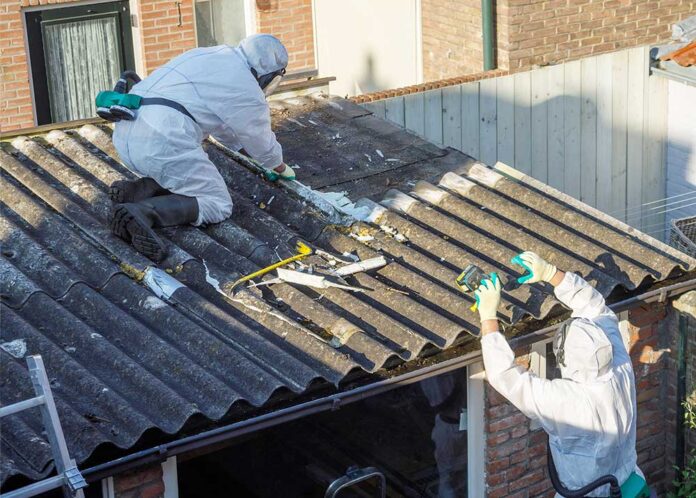Asbestos is a hazardous material that can cause serious health issues if inhaled or ingested.
Unfortunately, it is often found in older buildings and homes due to its use as an insulation and fire-retardant material in the past.
The presence of asbestos can be identified through testing and should be done when renovating or demolishing a property. When it comes to asbestos testing, there are several methods available for homeowners and businesses to choose from.
This article will discuss the various methods of asbestos testing, so you can make an informed decision about which one is best suited for your property.
What is asbestos testing?
Asbestos is a hazardous material that can cause serious health issues if inhaled or ingested. For this reason, it is important to identify the presence of asbestos in any property before renovations, demolitions, or other activities take place.
Asbestos testing is the process of identifying and confirming the presence of asbestos in a building or home.
There are several methods for conducting asbestos testing, so it is important to choose the one best suited for your specific property.
When selecting an asbestos testing method, it is important to consider factors such as cost, accuracy, timeframe and risk level. The type of work being done on your property should also be taken into consideration when deciding which test to use.
In general, the more accurate and detailed the test, the more expensive it will be. However, it is important to use a reliable testing method in order to ensure safety and avoid potential legal risks associated with asbestos contamination.
By understanding the various methods of asbestos testing available, you can make an informed decision about which one is right for your specific property.
The following section will discuss some of the most common types of asbestos testing used today.
Types of Asbestos Testing Methods
There are several different types of asbestos testing methods available for homeowners and businesses to choose from.
The type of test chosen should depend on factors such as cost, accuracy, timeframe and risk level.
Visual Inspection
This is the simplest and least expensive way of testing for asbestos. It involves a visual examination of the area by an experienced inspector.
The inspector will look for visible signs of asbestos, such as material containing fibers that are too small to be seen by the naked eye, or pieces of material that appear friable (easily crumbled).
While this method is quick and inexpensive, it is not always accurate and may not detect all forms of asbestos contamination.
Bulk Sample Analysis
This type of test involves taking samples from various areas throughout the property and sending them to a laboratory for analysis.
The lab will examine the samples under a microscope to determine if they contain asbestos fibers.
This method is more accurate than a visual inspection, but it can be time consuming and costly.
Air Sampling and Monitoring
This type of test involves testing the air for asbestos fibers. It requires specialized equipment such as pumps, vacuum cleaners, or other sampling devices to collect air samples from various locations throughout the property.
The collected samples are then sent off to a laboratory for analysis to determine if any asbestos fibers were present in the air. This method is highly accurate but also very expensive and time consuming.
When selecting an asbestos testing method, it is important to consider all of these factors in order to make an informed decision about which one best suits your property’s needs and budget.
The following section will discuss some of the risks associated with asbestos testing.
Risk Level
Asbestos testing is considered a high-risk activity due to the potential for exposure to hazardous materials.
Therefore, it is important to take proper safety precautions when conducting an asbestos test and follow all applicable local and state regulations.
Additionally, it is important to use a certified and experienced professional in order to ensure that the test is done properly and safely.
Conclusion
Asbestos testing can be a complex process and requires careful consideration of factors such as cost, accuracy, timeframe and risk level.
By understanding the different types of testing methods available, you can make an informed decision about which one best suits your property’s needs and budget. Proper safety precautions should also be taken in order to ensure the safety of all parties involved.
With the right precautions and testing methods in place, you can ensure that your property is free from asbestos contamination and safe for occupants.































